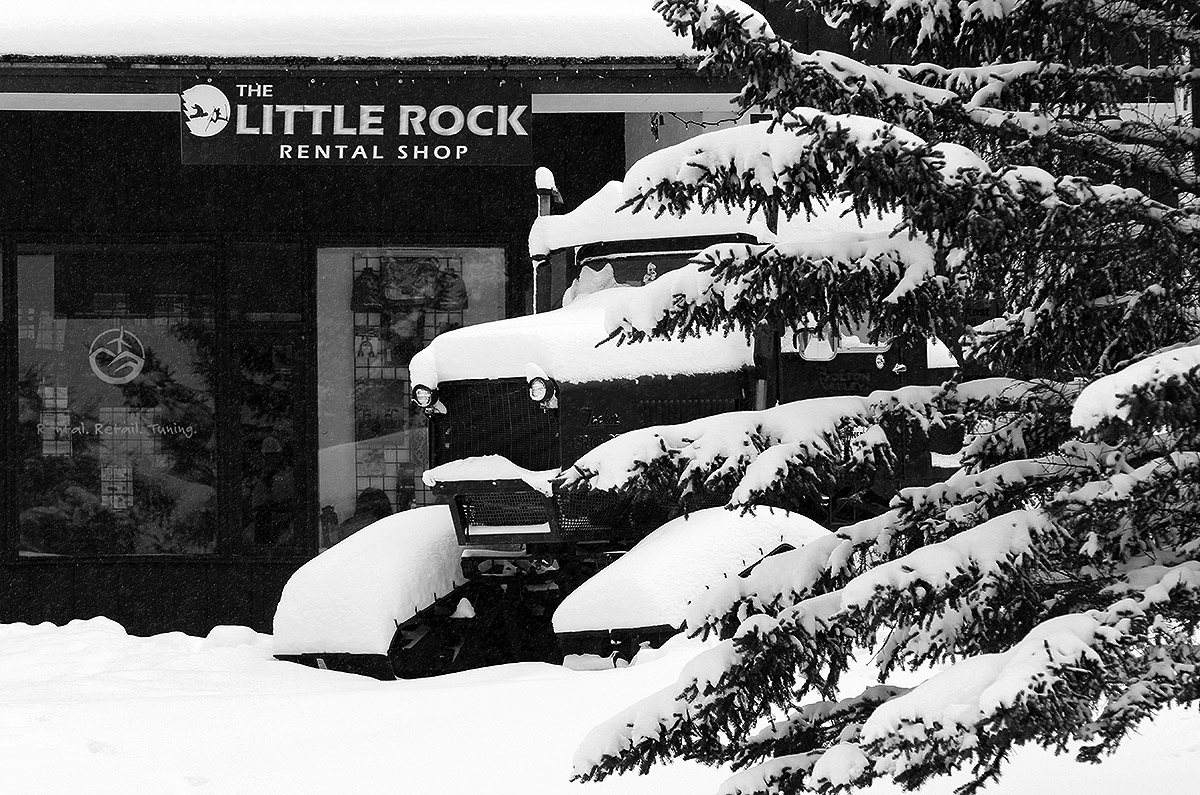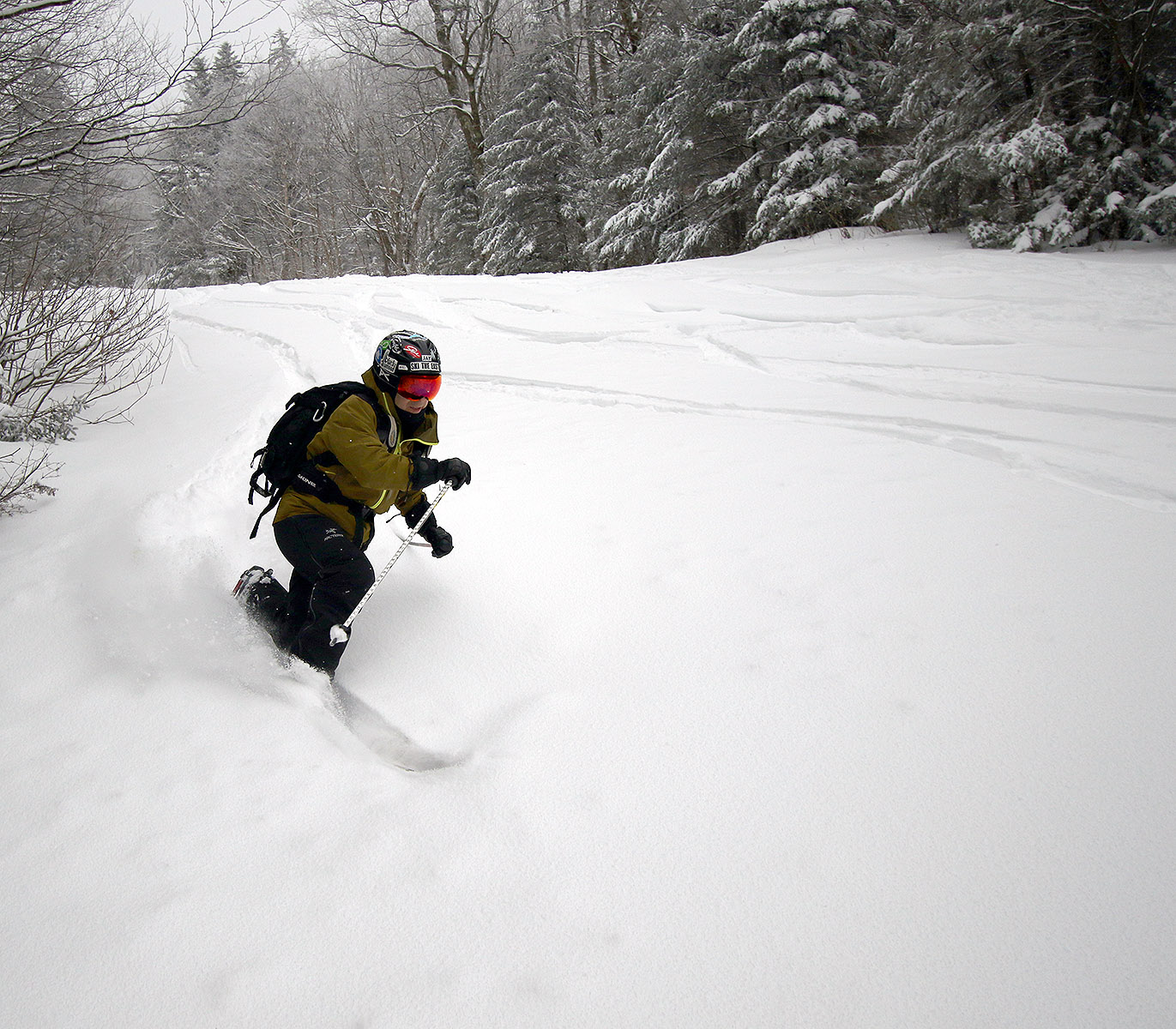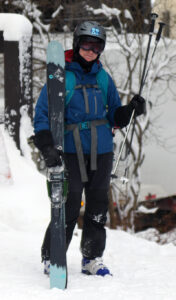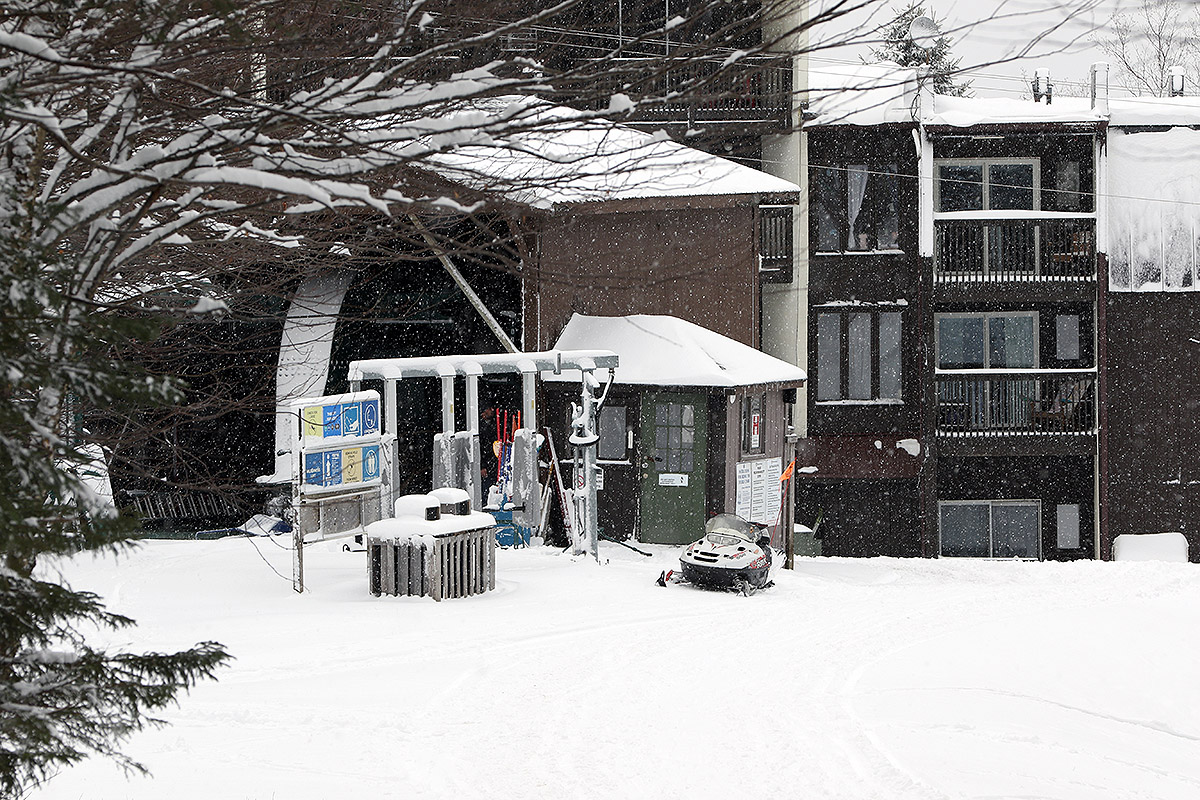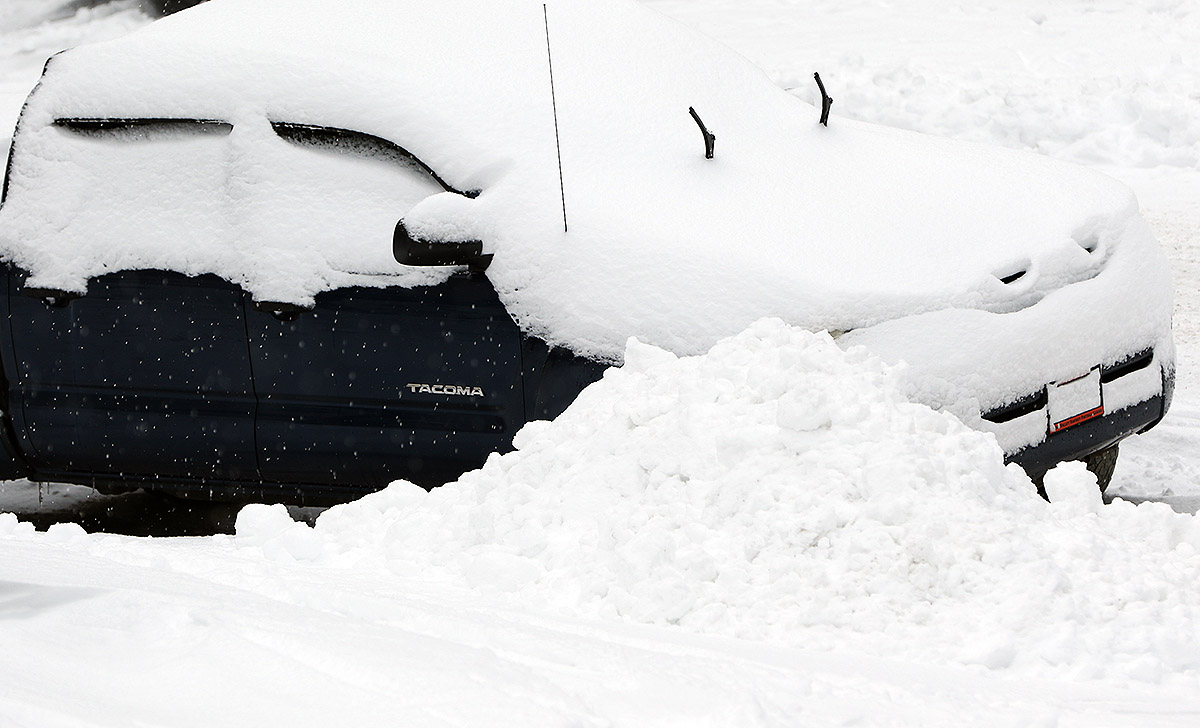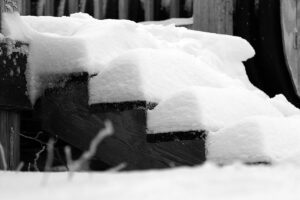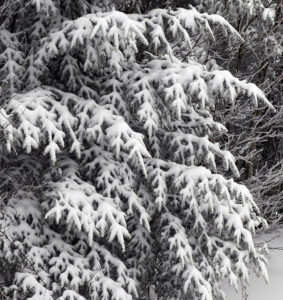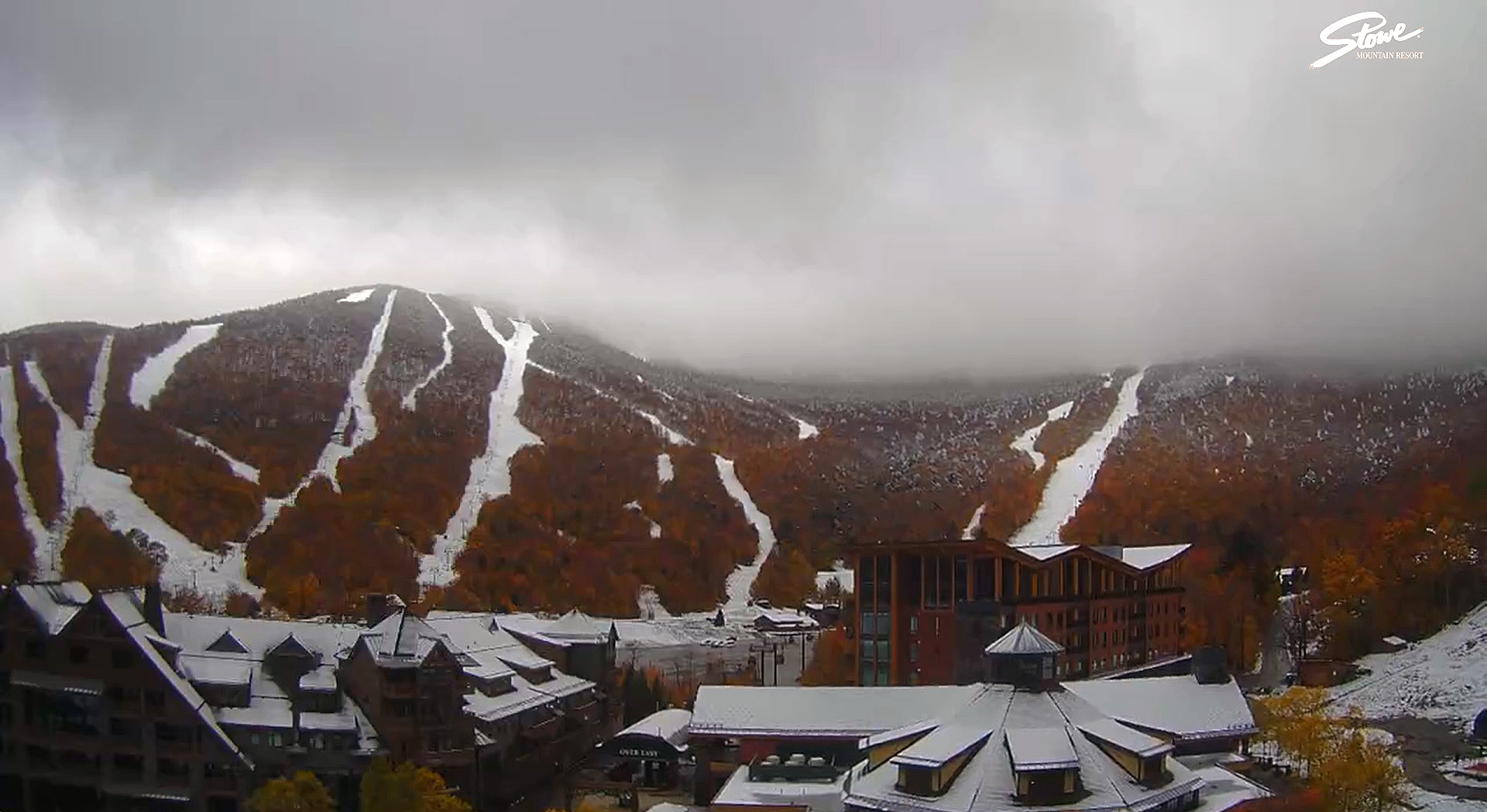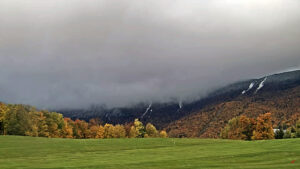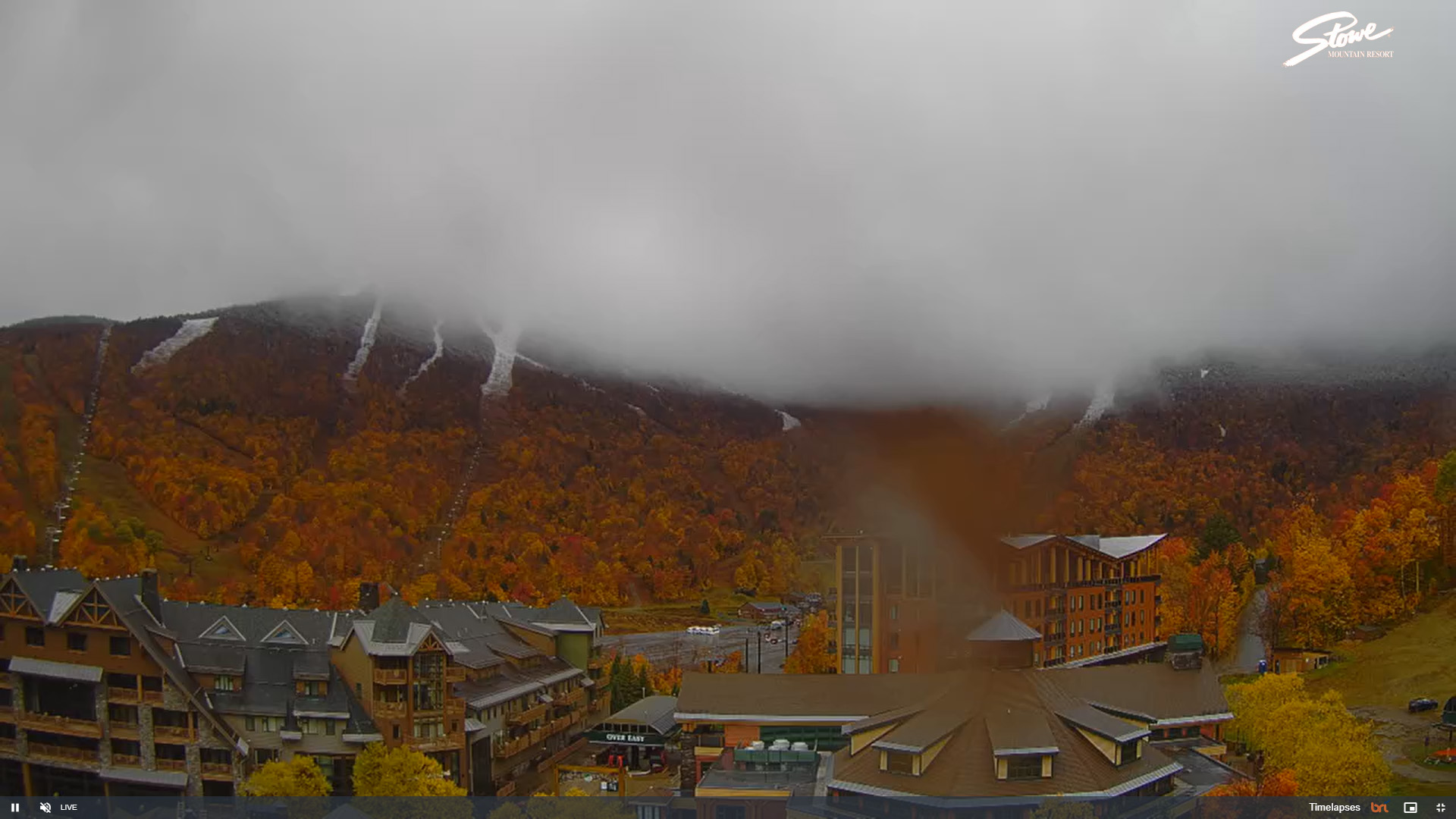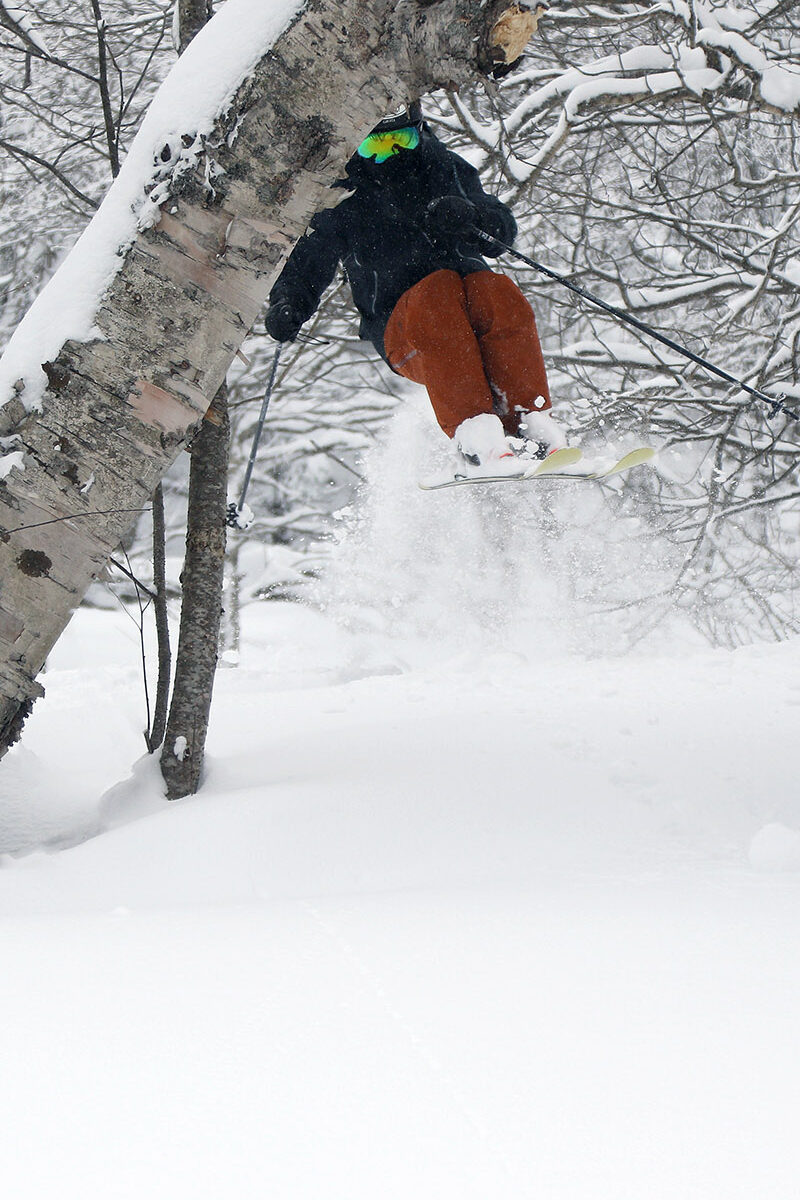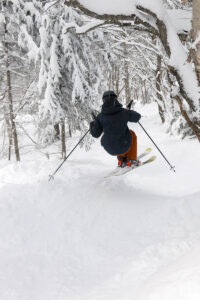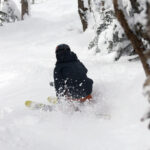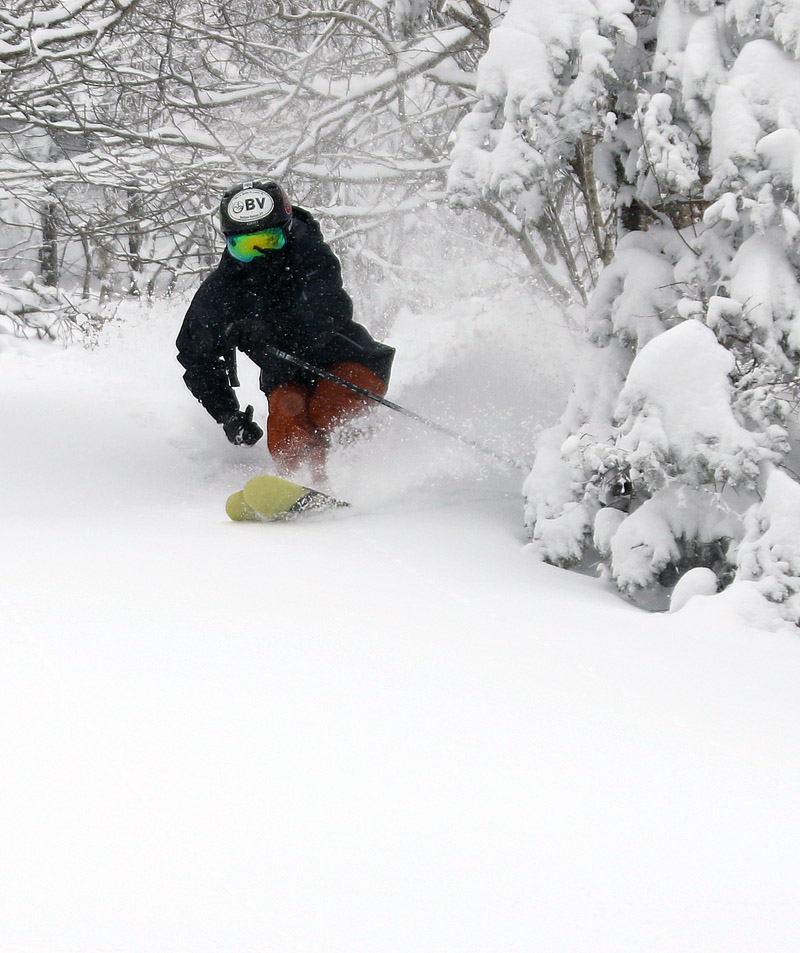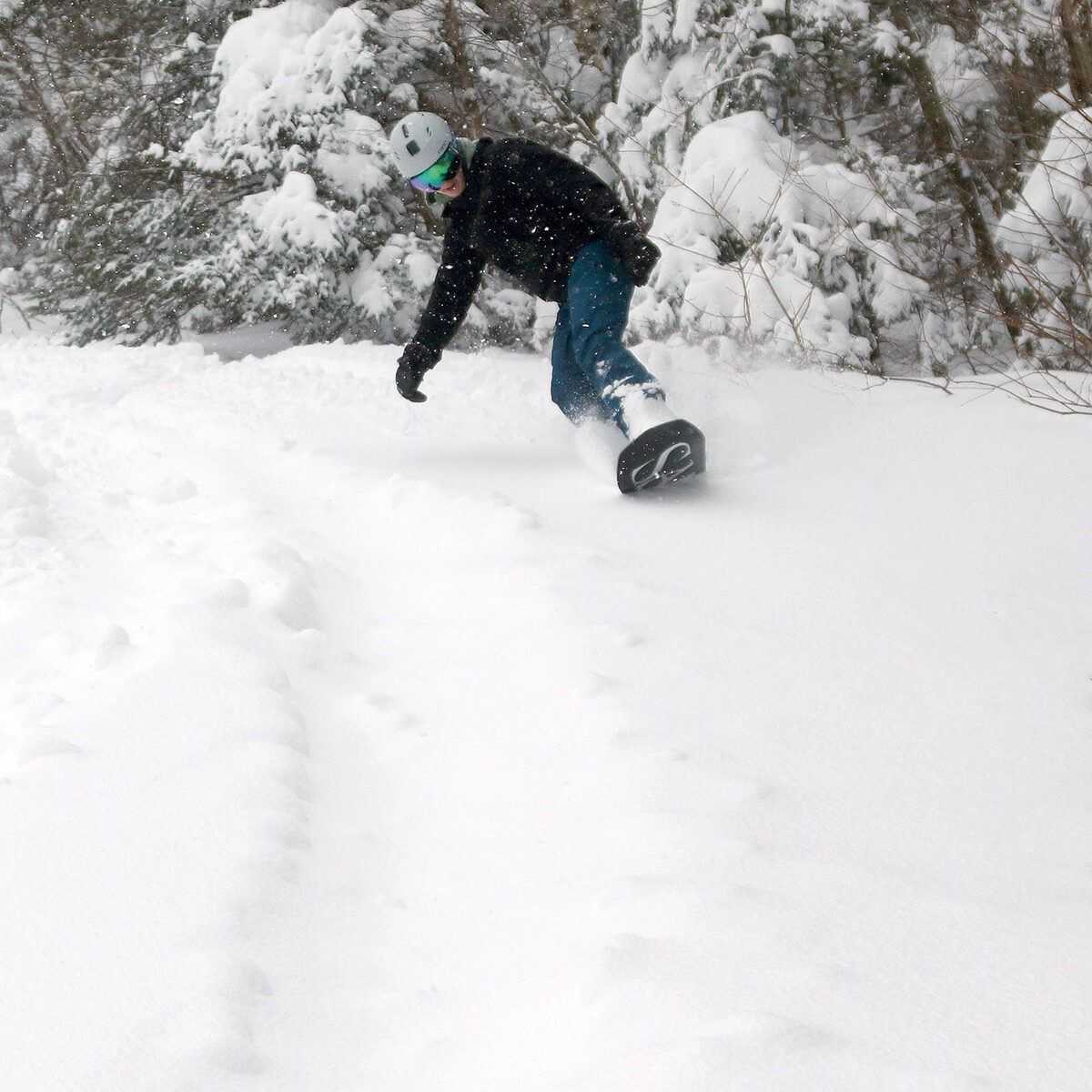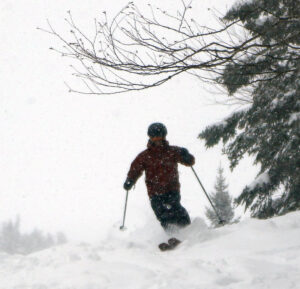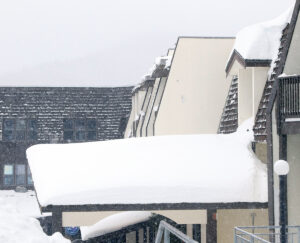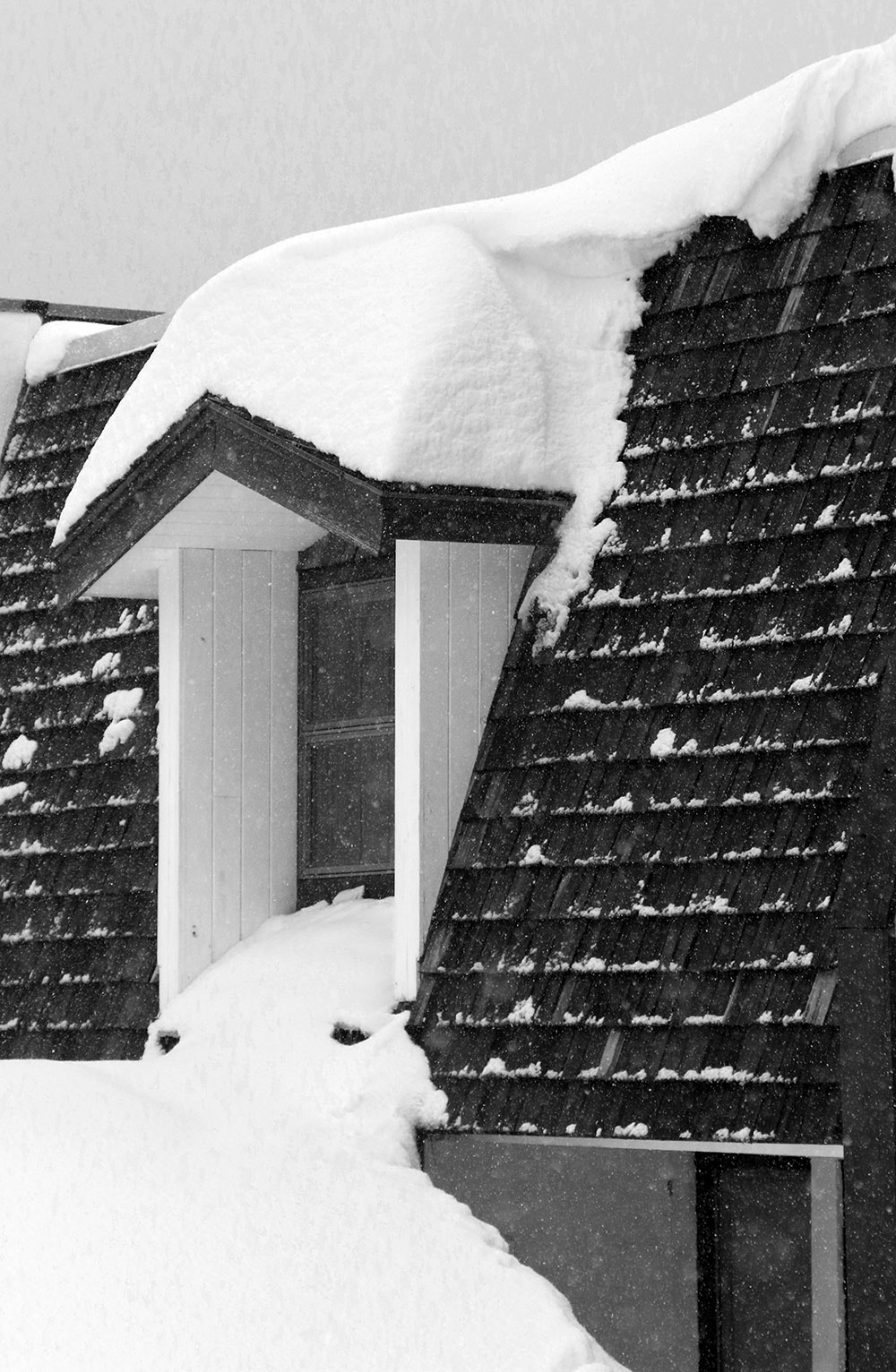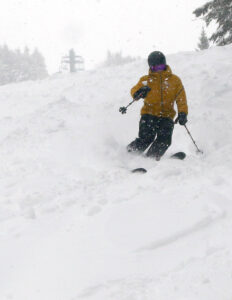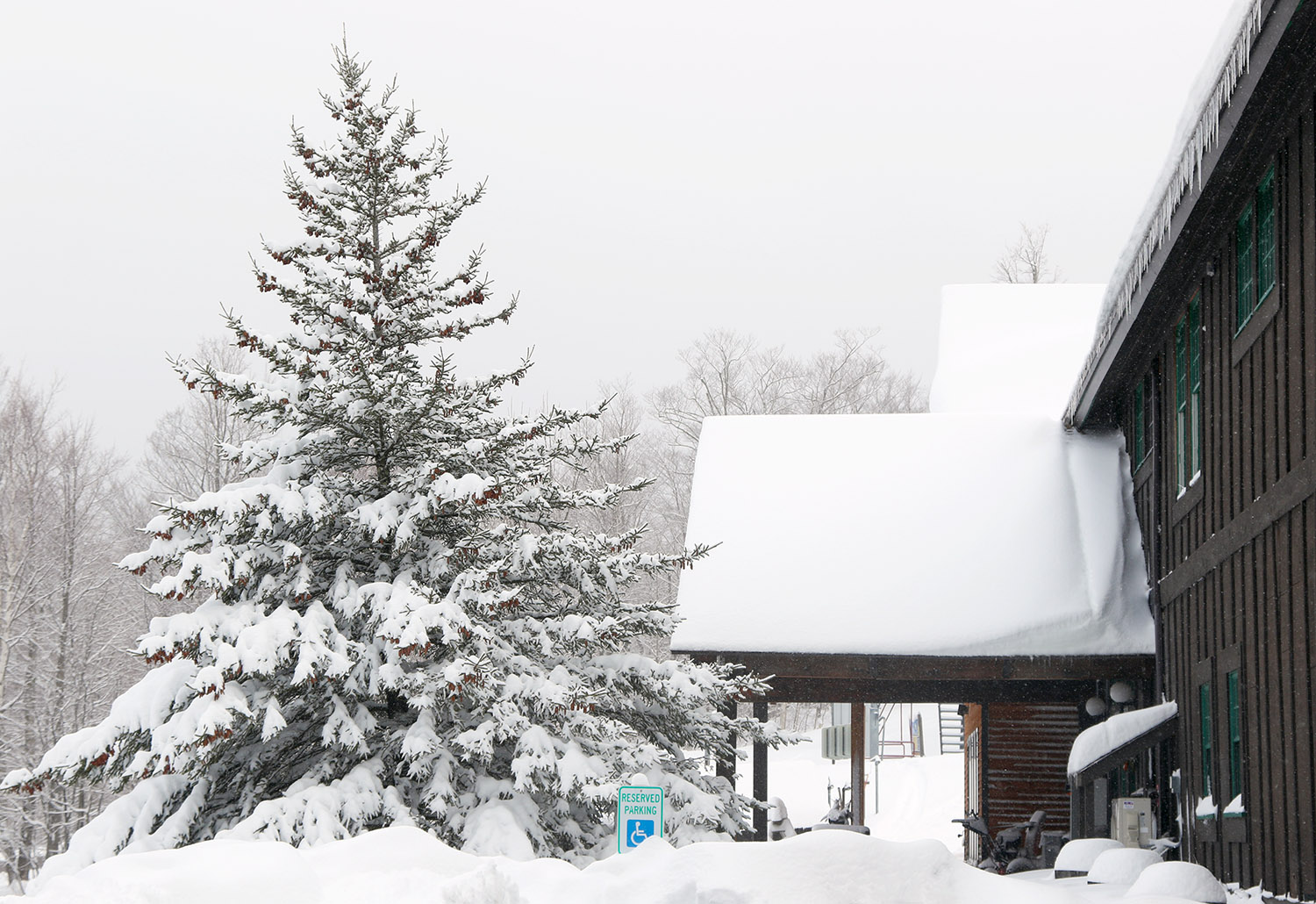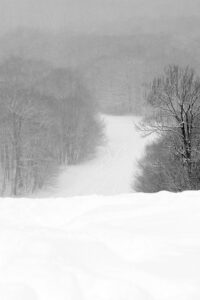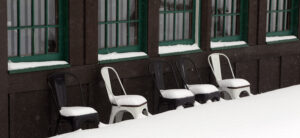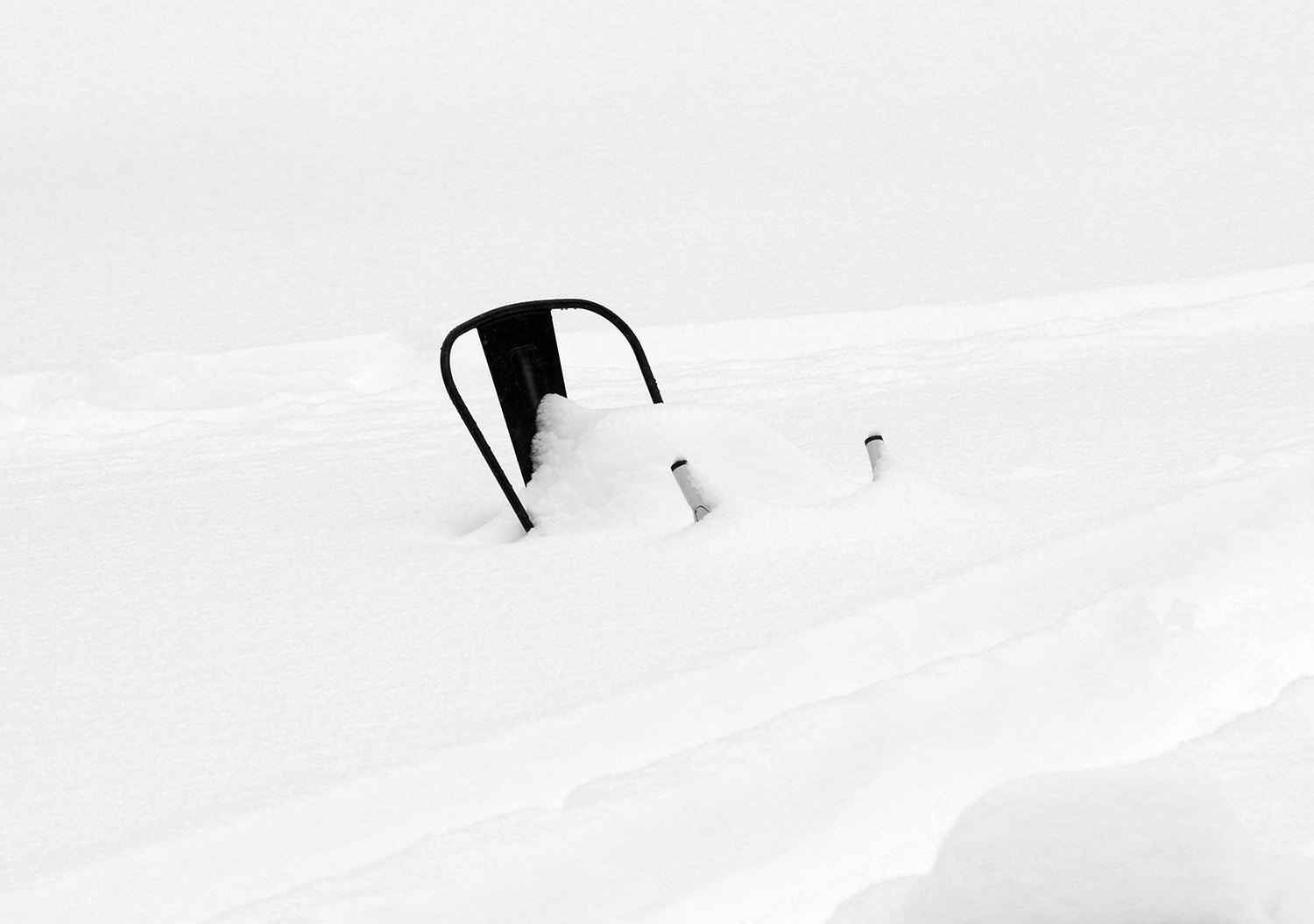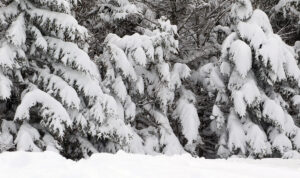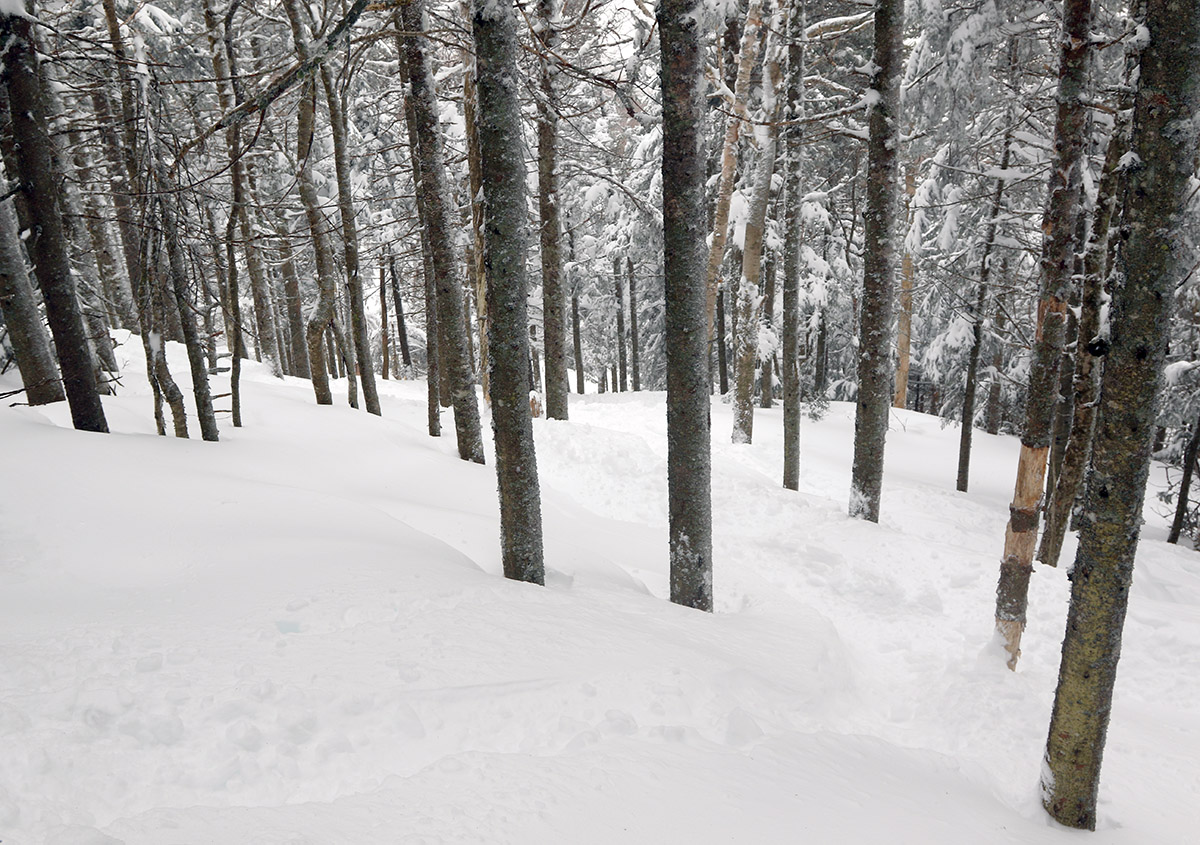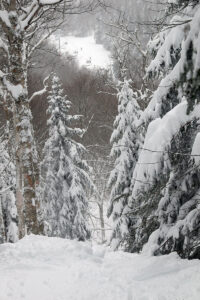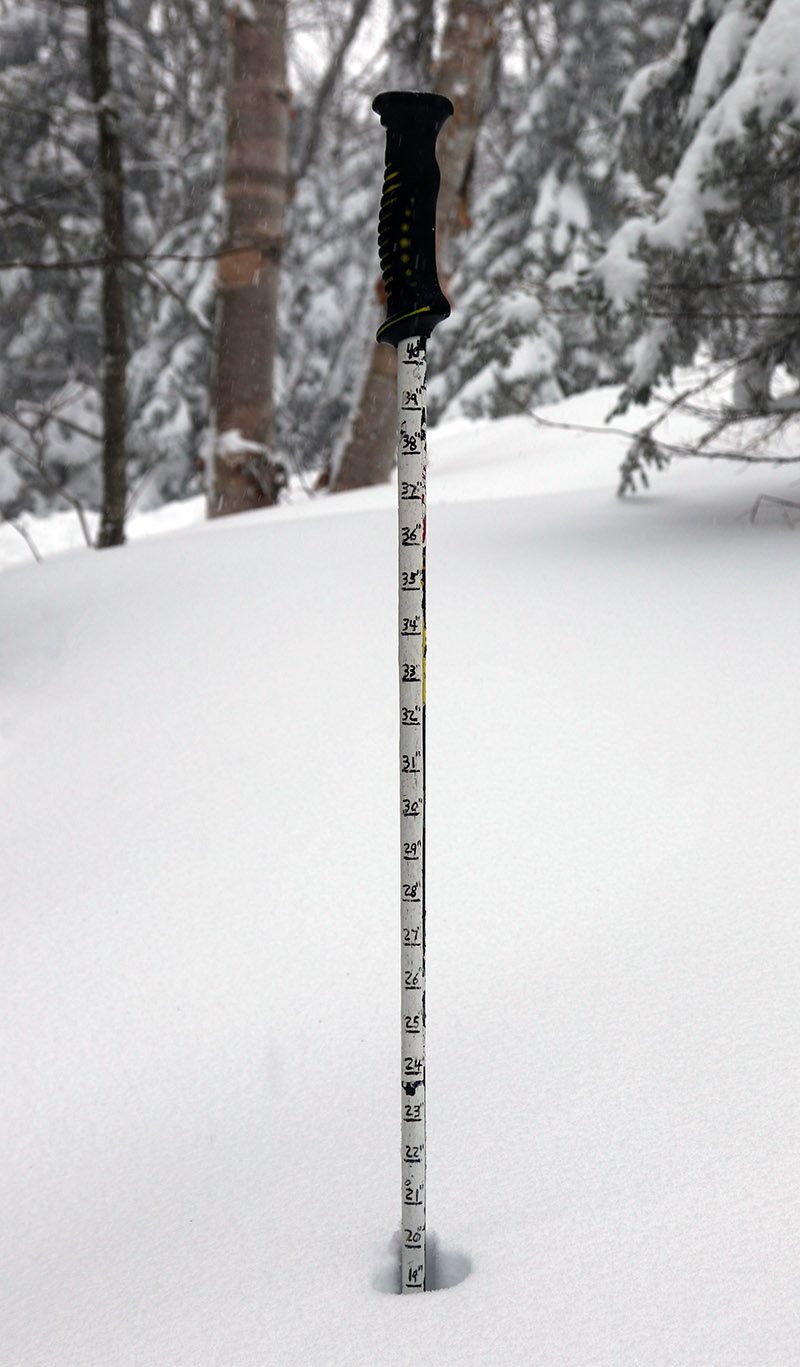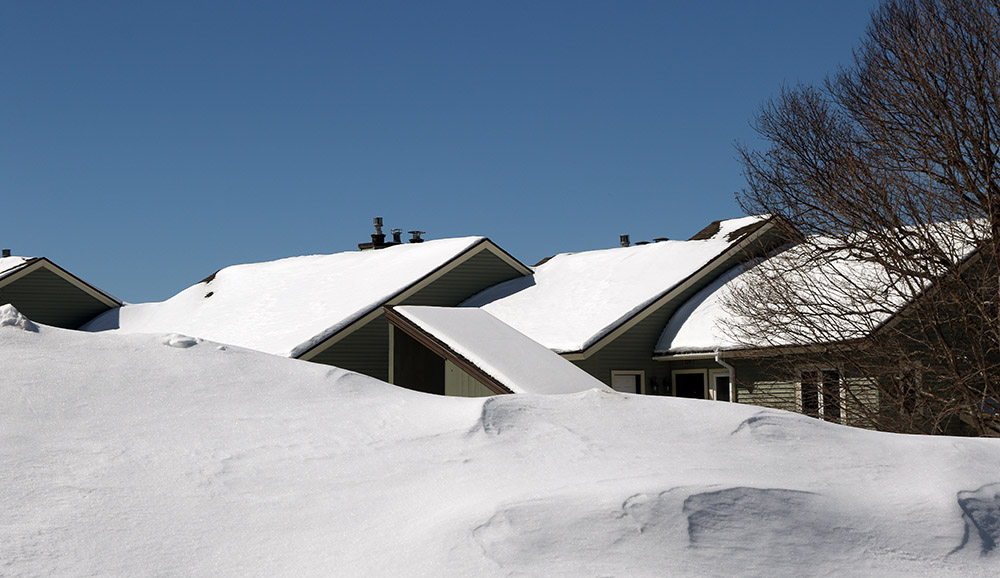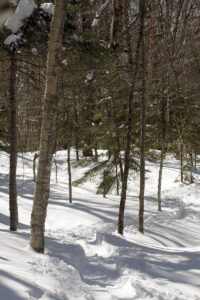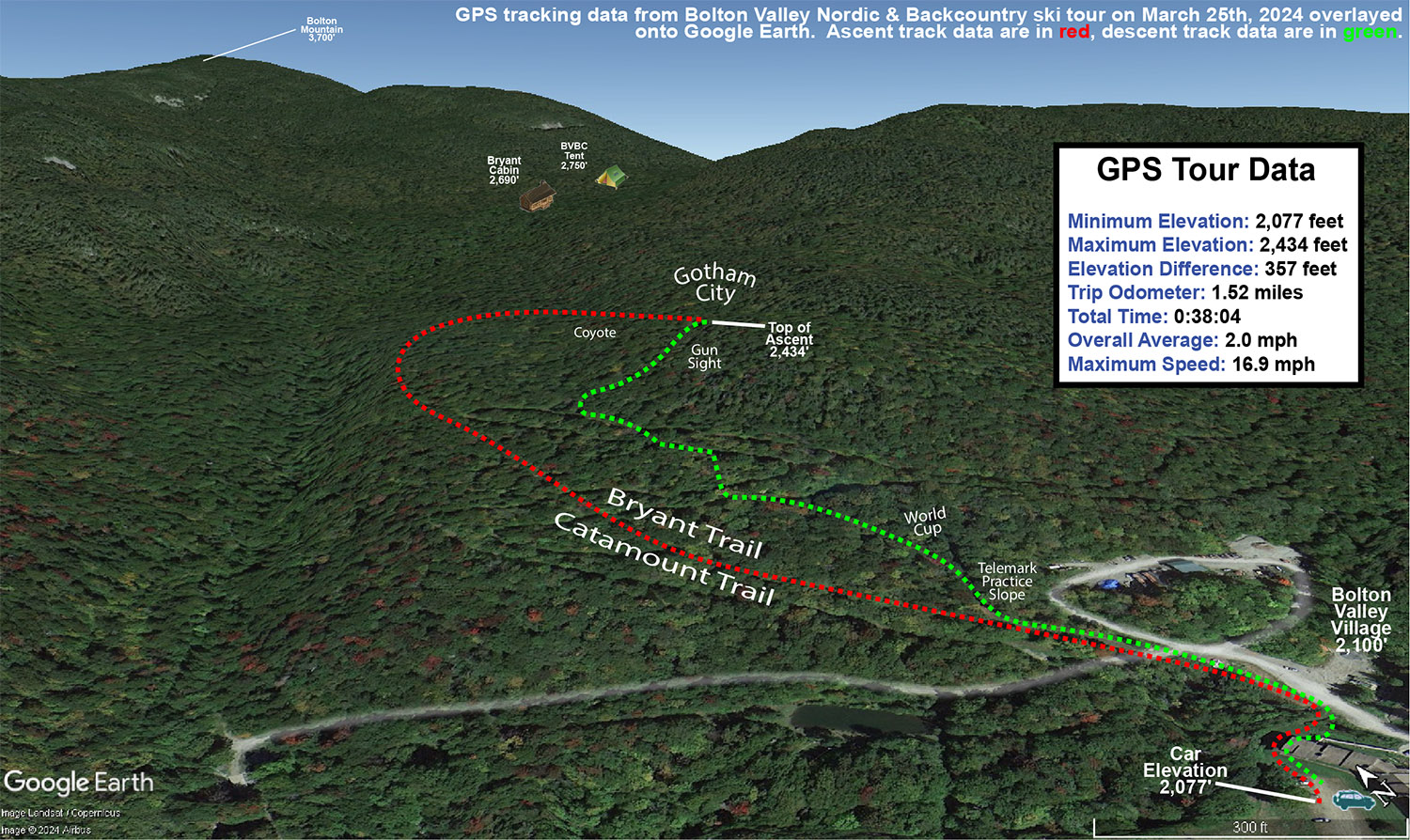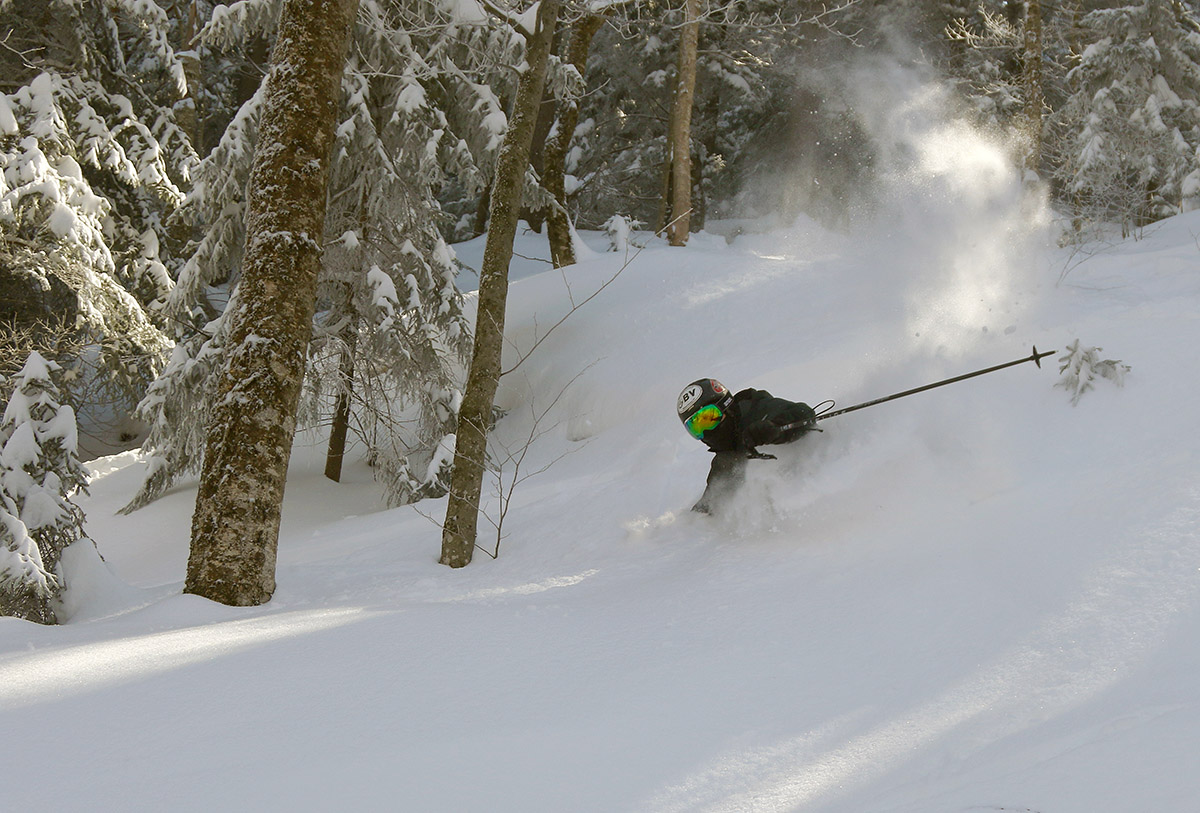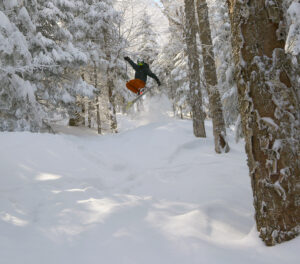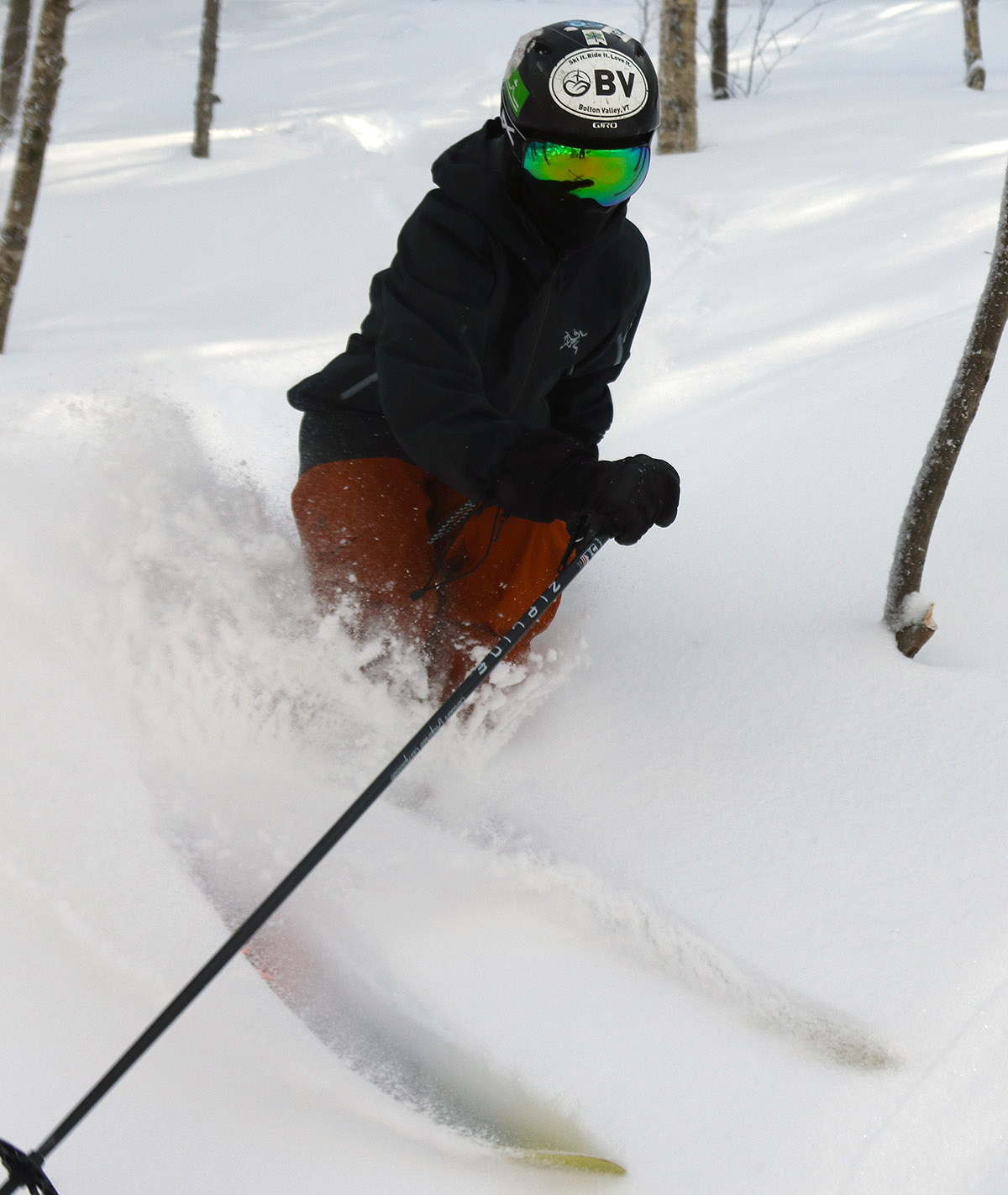
I hadn’t been up to the mountain since Saturday, so I was eager to get out for a ski tour when I had time today. There’s been no specific synoptic storms in the area, but the snow has been piling up the thanks to the continuous feed of moisture off the Great Lakes and the upper-level low pressure to our north. Seeing the snowpack depth at the Mt. Mansfield stake quickly jump up to near 20 inches is a strong sign that it’s been snowing around here. Having that closed upper low over Hudson Bay with broad upper level troughing is a great setup when you have a 4,000’ wall of mountains sitting downwind of a moisture source like the Great Lakes.
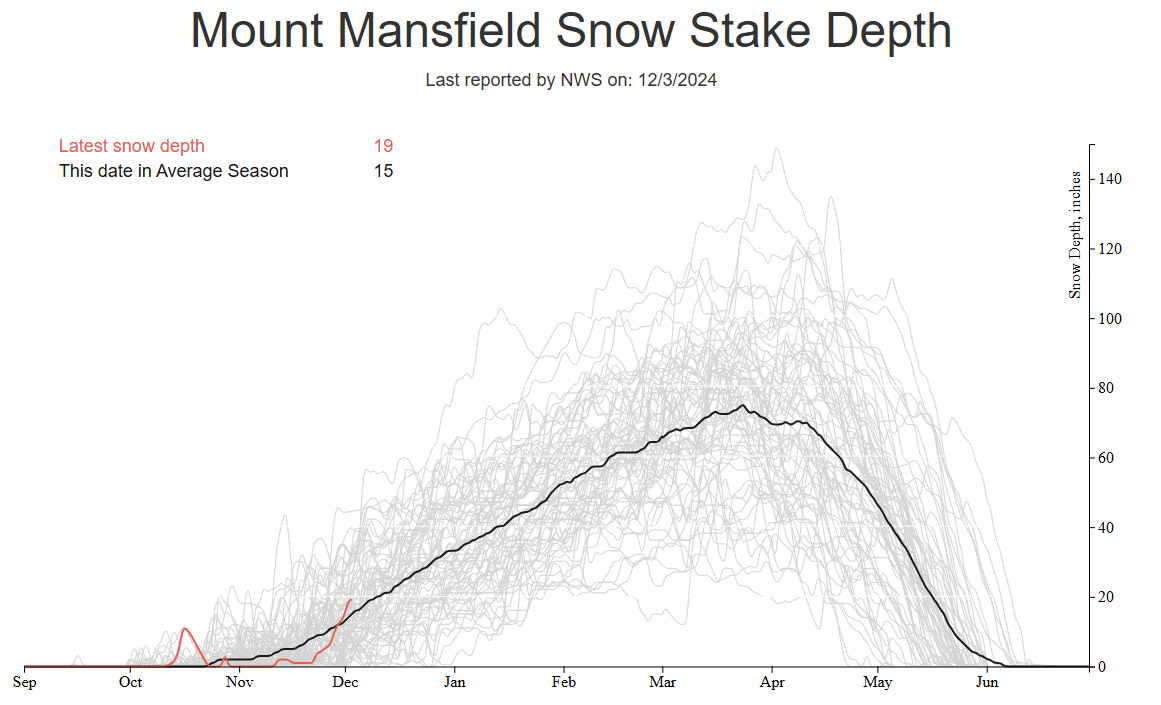

Even without data from the Mt. Mansfield stake to go on, I know it’s been snowing because we’ve recently had several inches of new snow down at our place in the valley, so the snow is hitting all elevations with the current temperature regime. Indeed, I found that snow depths were up substantially at all elevations during today’s ski tour. I toured again using the Wilderness Uphill Route, so I was able to check snowpack depths from the valley on up and compare them to what I’d last seen on Saturday. The updated snow depths are below, with Saturday’s depths listed first, then today’s depths following in bold. The depths I found up at 3,000’ and above are certainly consistent with what is being reported for the snowpack depths at the Mt. Mansfield stake.
340’: T-1: –> 1-2”
500’: 1” –> 2”
1,000’: 2” –> 3-4”
1,200’: 2-3” –> 4-5”
1,500’: 3” –> 6-8”
2,000’: 6-8” –> 8-12”
2,250’: 8-10” –> 10-14”
2,500’: 10-12” –> 12-16”
2,750’: 11-13” –> 14-17”
3,000’: 12-14” –> 16-18”
Concomitant with the increasing depths, the quality of the powder skiing even jumped another notch relative to the already great conditions we experienced on Saturday. In fact, even though the surface snowpack is excellent right-side-up powder that is beautifully dry, it’s getting deep enough that it’s starting to be a bit too much for the lowest angle slopes if you’re in fully untracked snow. I’d brought my 115 mm fat skis for today’s tour because they had already been a good choice on Saturday, but I was glad to have them for planing more efficiently on the lowest angle slopes today.
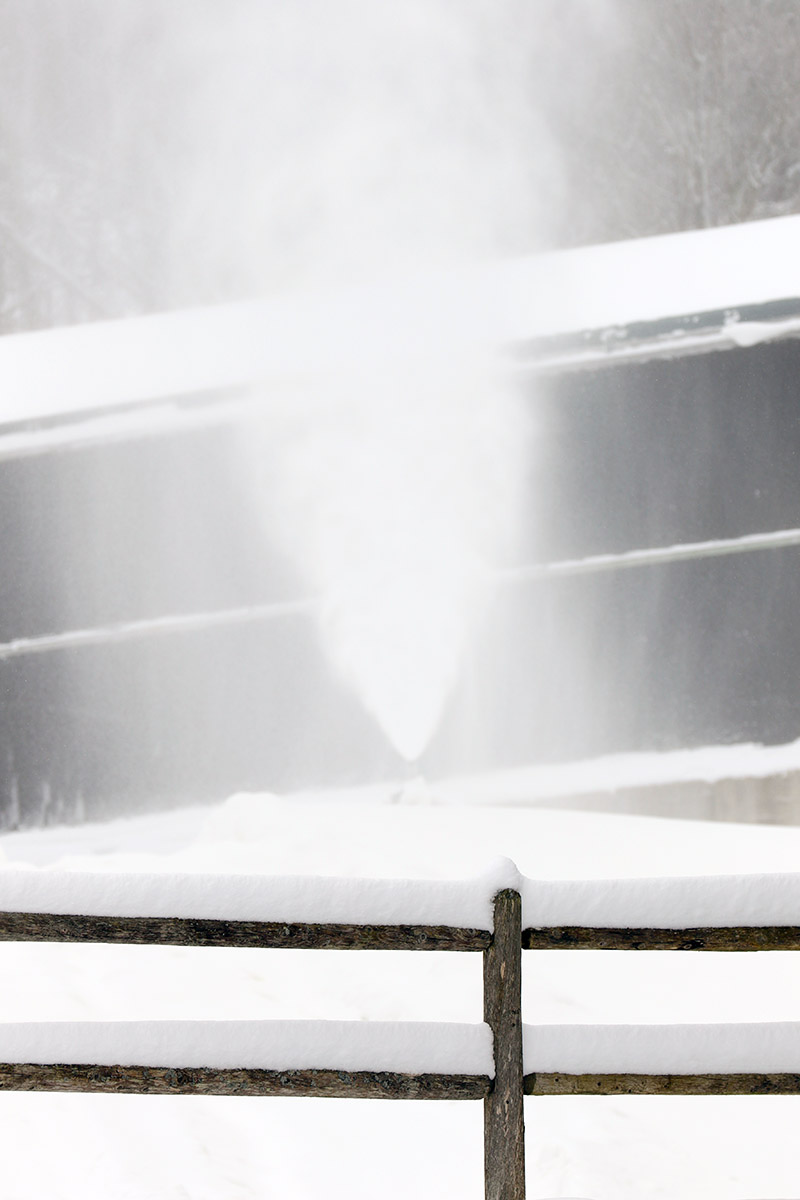
Indeed, it was snowing today during my tour akin to what’s been happening for the past several days, but today’s snowfall was lighter and less consistent than what I experience on Friday or Saturday. Our next Clipper system is now coming into the area though, so snowfall should pick up with that. We’re under a Winter Weather Advisory here along the spine of the Northern Greens, and the latest BTV NWS Event Total Snowfall map currently has some areas of 8-12” and 12-18” shading.

